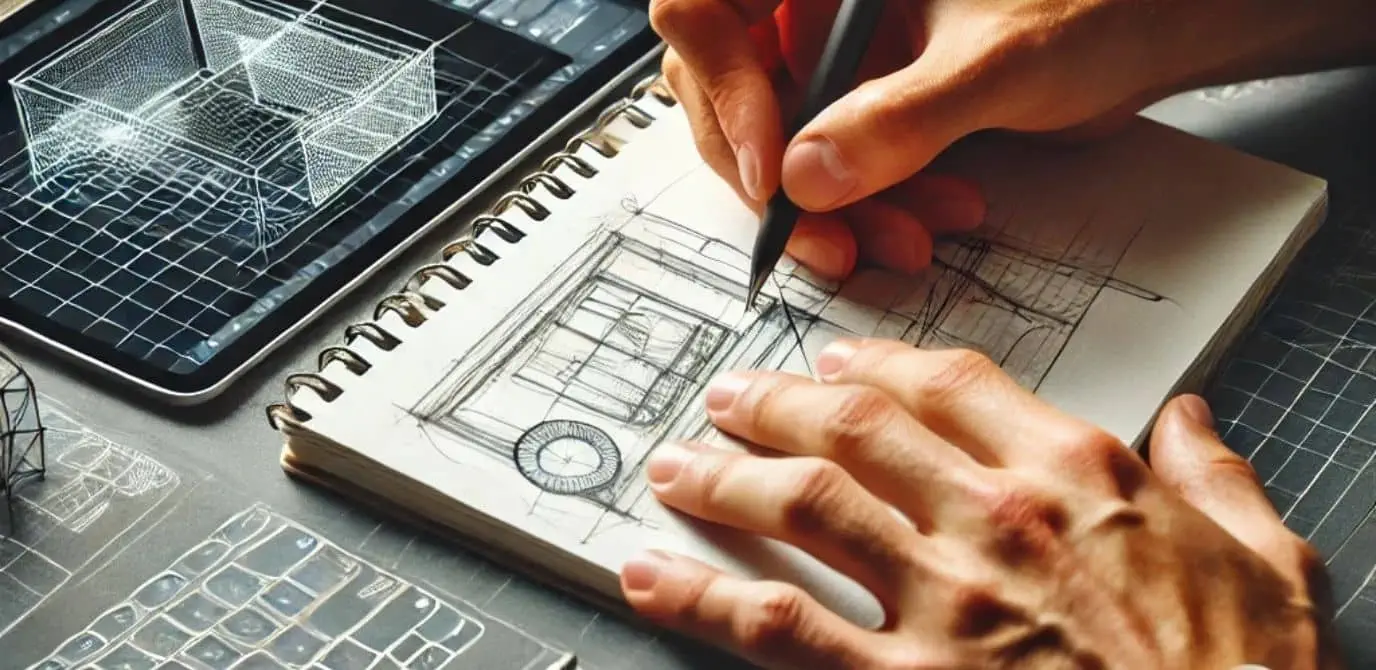
THE BENEFITS OF PROTOTYPING IN DESIGN
BRINGING IDEAS TO LIFE
Prototyping is an essential step in the design process, allowing designers to bring their ideas to life and test them before full-scale development. Prototypes can range from simple wireframes to high-fidelity interactive models. Prototyping helps identify potential issues early in the design process, saving time and resources in the long run. It allows designers to experiment with different ideas, gather feedback, and refine their designs based on user interactions.
TYPES AND TOOLS FOR PROTOTYPING
There are various types of prototypes, each serving different purposes. Low-fidelity prototypes, such as sketches and wireframes, are useful for brainstorming and early-stage testing. High-fidelity prototypes, which closely resemble the final product, are used for detailed user testing and stakeholder presentations.
Tools like Sketch, Figma, Adobe XD, and InVision are popular for creating prototypes. These tools offer features like interactive elements, animations, and collaboration capabilities, making it easier to create and share prototypes.

By incorporating prototyping into the design process, agencies can create more user-centered and effective designs, reducing the risk of costly revisions during development.